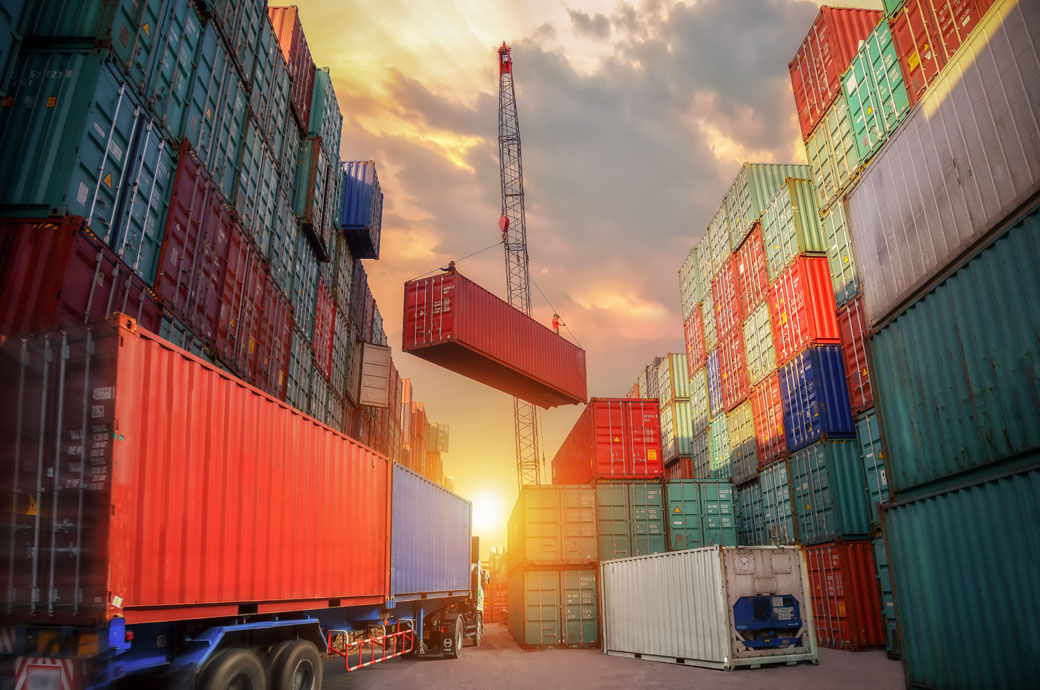
However, the year-on-year (YoY) volatility has been minimal in India, especially compared to China, where the prices have spiked by 4.5 times in a year. There are growing signals that container prices are beginning to peak starting June-July this year in India, the report noted.
A Container xChange survey of around 1,000 US-based container traders reveals that 78 per cent expect container prices to continue rising in the coming weeks, driven by election uncertainty and potential labour strikes.
Only 14 per cent foresee a decline, while 8 per cent expect prices to remain stable. This indicates a broad expectation of continued volatility in the US container trading environment.
However, the global container price sentiment index (xCPSI) by Container xChange dropped from 63 to 39 points in July, suggesting waning sentiment towards rising container prices in the near term.
Average container trading rates reached their highest levels in July along the China-US routes. These one-way container leasing rates spiked by an average of 28 per cent on the stretch in the month.
The biggest spikes were witnessed from Shenzhen to Long Beach (85 per cent) and from Ningbo to Los Angeles (65 per cent). On a year-on-year (YoY) basis, these leasing rates have at least gone a little over 4.5 times from July 2023 to July 2024.
A lot of indicators point to an Intra-Asia trade boom that is proving to be beneficial for the Asian economies.
As one of the major transshipment hubs in Asia, and because of its emerging manufacturing and port infrastructure capabilities, Vietnam witnessed further bolstering of container rates throughout June and persistently in July.
This was due to the heightened demand for shipping containers in Vietnam. The average container prices in Vietnam were $1,560 in May and $2,400 on July 31 this year—a 53-per cent spike in two months.
As the peak season of 2024 approaches, Container xChange is observing a couple of pivotal shifts expected to impact the container shipping industry.
First, there is a gradual correction in supply and demand that should stabilise rates in the latter half of the year.
On a longer term, the more profound change is the ongoing trend toward regionalisation and smaller trade networks, which intensified in 2021. This shift has gained even more importance today, especially as geopolitical conflicts become a regular consideration in risk resilience strategies.
Intra-Asia trade boom is a significant factor that indicates that smaller, more complex trade networks are developing and flourishing.
Fibre2Fashion News Desk (DS)